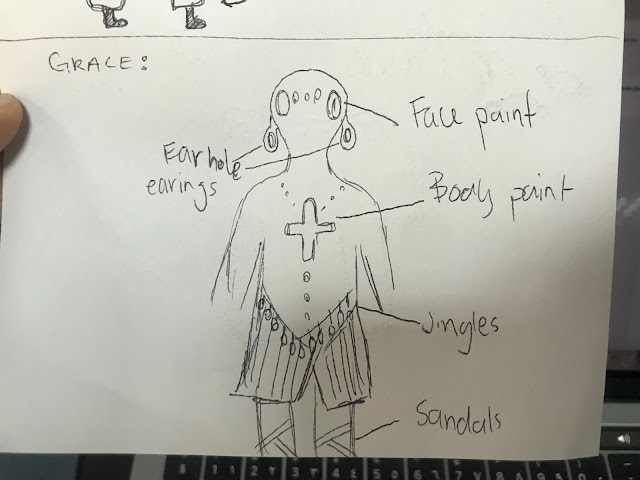Solo theatre progress 2

Since my previous script was only 3 minutes are 30 seconds I needed to brainstorm a few ideas to add into my script so I began thinking of different ways to go about this until I found a suitable addition to my script: (I go to bed get tucked in but then I don't find my stuffed bear, i get up and look for it) My bear, where's my bear I sleep with my bear every single night It should be in here (look around my room) it’s not in my room, where could it be? (look right and left at both rooms) There's only one of it and two rooms, (pause) two rooms, one of it One bed, one of it Under the bed? Not possible, mhm possible, but improbable, yes improbable (upstage right, searching for the bear again) I can't sleep without it (pause) I need it (get distracted, and start walking to the other side of the stage) But why, why do I need it? Oh right, to sleep, I can't sleep without it It's so cuddly, it keeps me relaxed So I need i...



